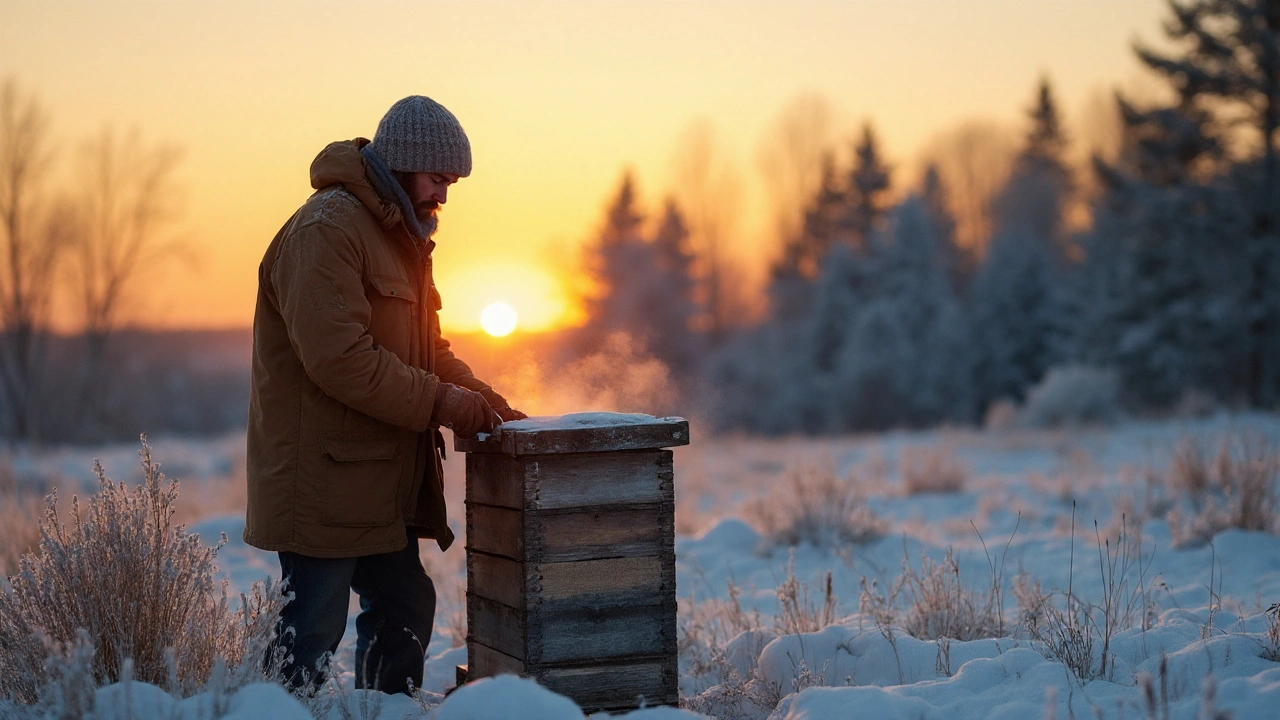Queen Bee Care: Essential Tips for a Thriving Hive
When working with queen bee care, the practice of keeping the queen healthy, ensuring strong egg‑laying, and maintaining colony balance. Also known as queen management, it requires attention to diet, environment, and disease control. Royal jelly is the nutrient‑rich secretion that fuels queen development and longevity plays a central role, while hive health covers the overall condition of the colony, including pest pressure and ventilation sets the stage for a productive queen. In short, queen bee care encompasses nutrition, environment, and pest management to keep the hive productive.
Key Factors That Shape a Healthy Queen
First, bee nutrition includes pollen, nectar, and supplemental feeds that supply proteins, carbohydrates, and vitamins. A well‑fed colony can raise a robust queen who lays consistently. Second, pesticide management involves monitoring for harmful chemicals, using integrated pest management, and selecting safe treatment options. Exposure to residues can cripple queen fertility and shorten lifespan. Third, regular inspections to check for brood pattern irregularities, queen cells, and signs of disease help you catch problems early. Combining these steps creates a feedback loop: good nutrition supports strong immunity, which reduces disease risk, and a healthy queen drives colony growth.
While the basics sound simple, real‑world beekeeping throws curveballs. Seasonal changes affect nectar flow, forcing you to adjust supplemental feeding schedules. Varroa mites may surge, demanding a switch from organic acids to synthetic miticides, each with its own impact on queen health. Weather extremes can alter hive ventilation, making temperature control critical for proper brood development. Understanding how each factor influences the others lets you make informed decisions instead of reacting blindly. For example, if you notice a dip in brood viability, check both the pollen stores (nutrition) and mite counts (pest pressure) before assuming the queen is faulty.
All of these considerations echo the broader health themes you’ll find in our article collection below. Whether you’re comparing supplements like Haridra, learning safe online pharmacy practices for human medicines, or exploring dosage guides for a range of treatments, the same principles of quality, safety, and informed choice apply to queen bee care. Dive into the posts to see how careful assessment, proper sourcing, and regular monitoring can boost outcomes—whether you’re treating a human patient or nurturing a queen bee. The next section will give you quick access to detailed guides that expand on each of these pillars, so you can start applying proven strategies to your hives right away.
Winter Beekeeping: How to Manage Hives in Cold Months
Learn practical steps to keep your bee colonies healthy through winter. From insulating hives to monitoring temperature, this guide covers everything a beekeeper needs for successful cold‑weather management.

